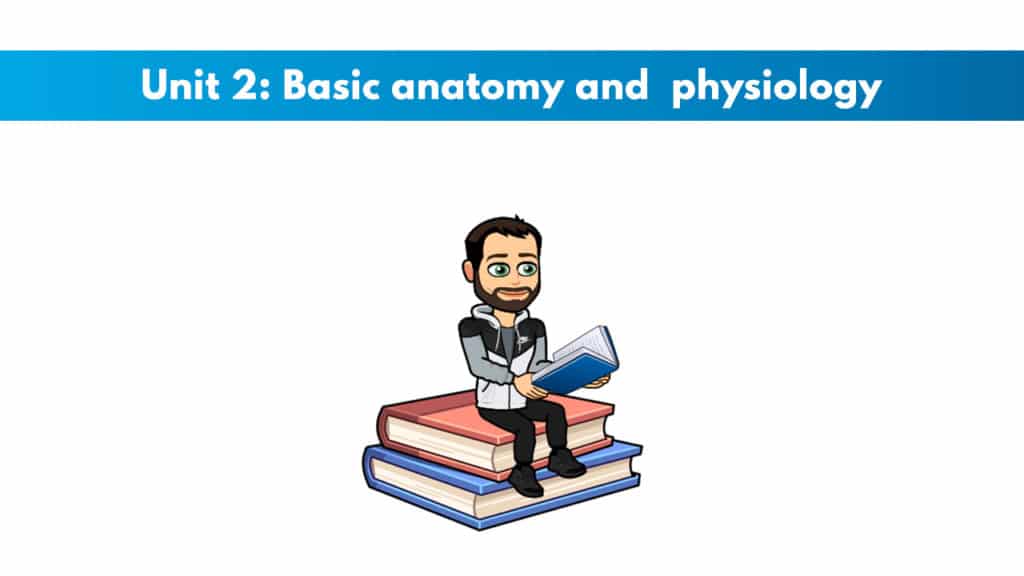
If you have not yet signed up for the ISSA CPT certification, receive a big discount here.
Get your copy of the ISSA CPT exam cheat sheet.
It helps immensely in your ability to study for the ISSA test. This PDF printable one-page sheet gives you a breakdown of the skills and knowledge candidates need to pass the exam.
My PTP students report cutting their ISSA study time and effort in half with Trainer Academy.
Benefit from the Exam Pass Guarantee and Retake Fee Guarantee. Plus, take advantage of my current discount code PTPJULY for 45% off the MVP Program (Ends July 21st, 2025).
Try it out for free here to see if it’s right for you, or read my detailed review for further insights.
Exclusive PTP CPT Offers |
||
|---|---|---|
Most Popular Cert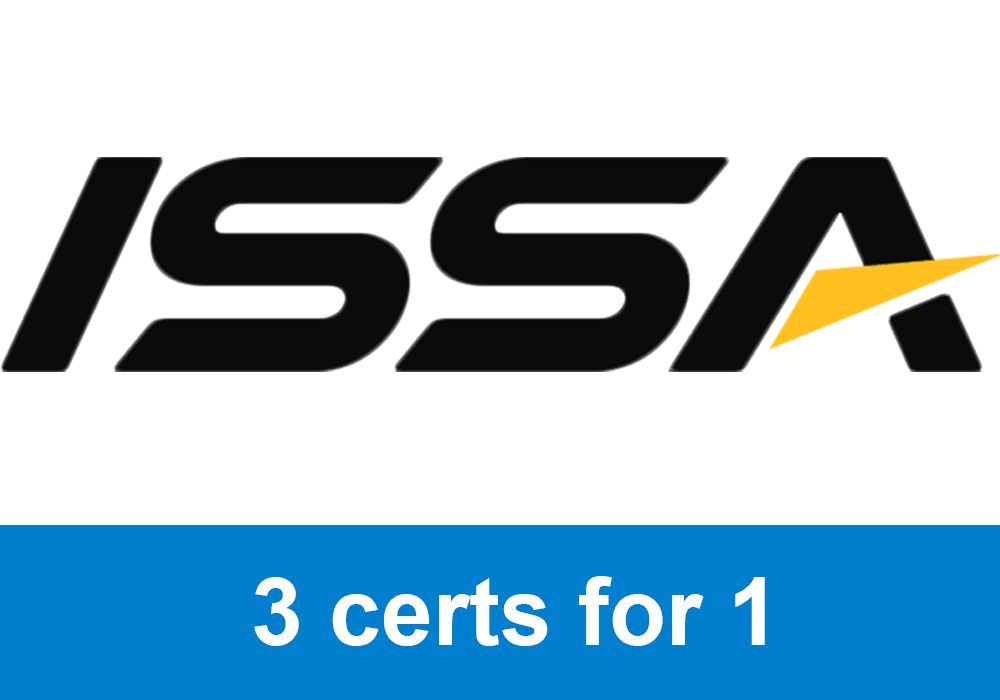 | Best Online NCCA Cert | Best Study Materials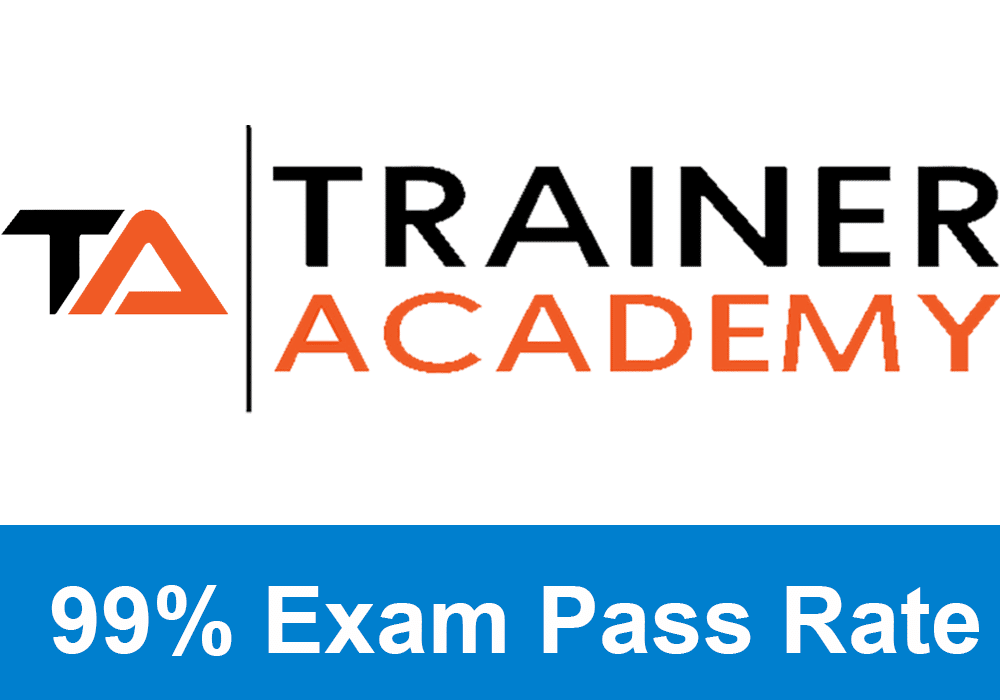 |
Gold Standard Cert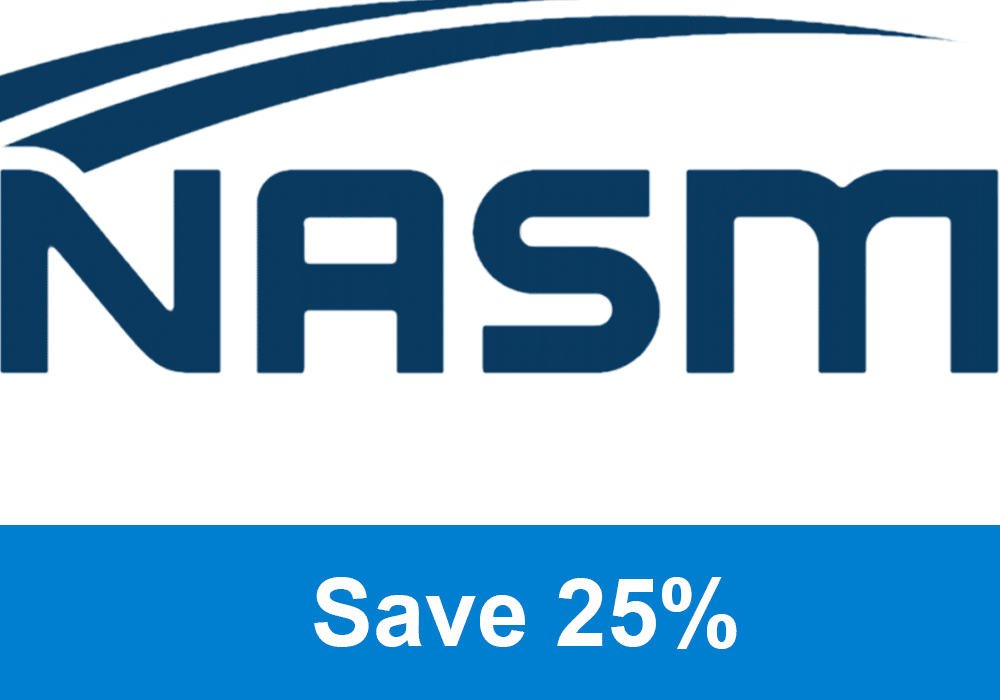 | A Good Option | Best CPT for you? 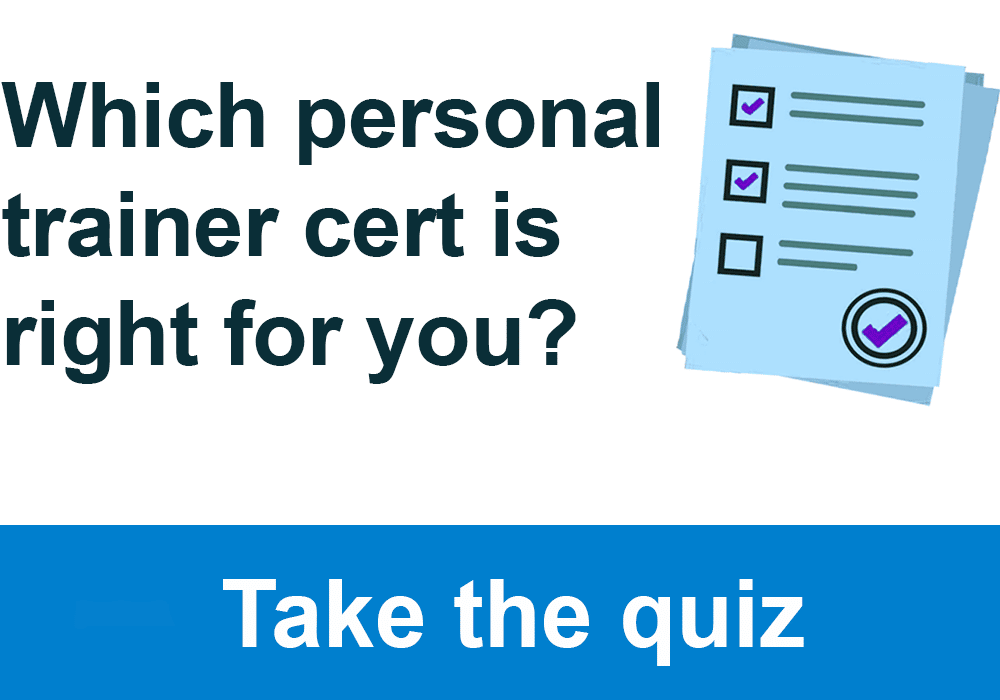 |
1: Name the levels of organization in the body
- Atomic
- Molecular
- Organelle
- Cell
- Tissue
- Organ
- Organ system
- Organism
2: List the cellular components that make up a cell
- PLASMA/ CELL MEMBRANE.
- CYTOPLASM
- NUCLEUS
- RIBOSOMES
- GOLGI BODY / APPARATUS
- LYSOSOMES
- MITOCHONDRIA.
3: Name the 4 tissue types in the body
Epithelial, connective, muscular, and nervous tissue
4: What are the 10 systems that make up the human body
Digestive, endocrine, immune, integumentary, circulatory/lymphatic, muscular, nervous, reproductive, respiratory, skeletal, and urinary
5: Describe the respiratory system and its function
The organ system is responsible for oxygen intake and carbon dioxide excretion.
Exclusive PTP CPT Offers |
||
|---|---|---|
Most Popular Cert | Best Online NCCA Cert | Best Study Materials |
Gold Standard Cert | A Good Option | Best CPT for you?  |
6: Explain the “training effect and how it influences the lungs throughout the exercise
An increase in activity results in an increased oxygen demand, which in turn causes the lungs to work more.
7: What is a trained individual’s average resting heart rate vs. an untrained individual?
A normal resting heart rate for the average adult is 60 to 100 beats per minute (bpm) or 40 to 60 bpm for highly conditioned athletes
8: Describe the circulatory system and its function. What are the constituents of blood?
The organ system permits blood to circulate, transport nutrients, and remove toxins in and out of tissues. Blood consists of plasma, red blood cells, white blood cells, and platelets.
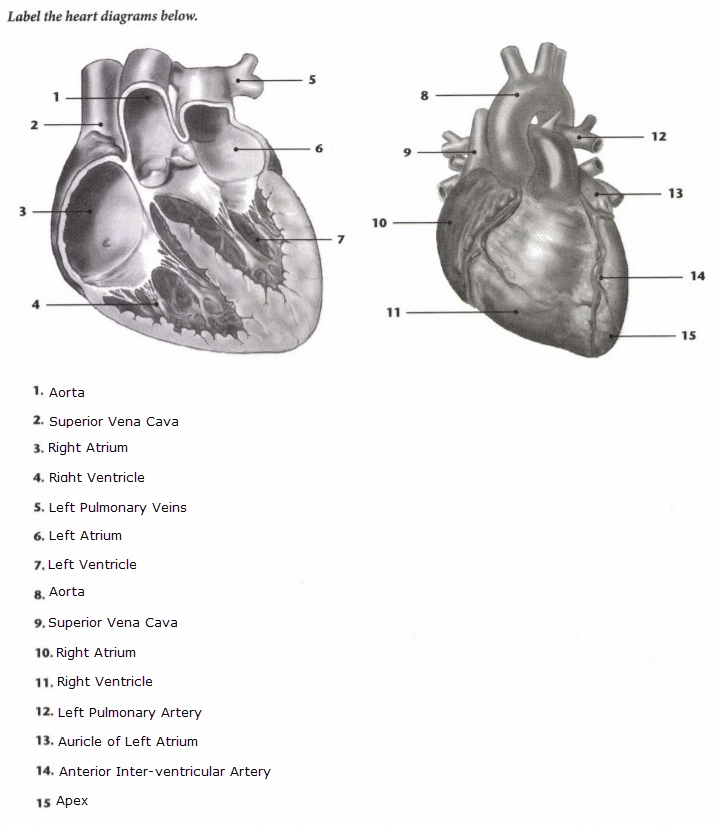
9: Find the Approximated Maximum Heart Rate of a 48-year-old man with the below calculation
22O -Age = Estimated Maximum Heart Rate.
172
10: Describe the function of the heart in training
To supply oxygen and energy by blood circulation.
11: What is Maximum oxygen uptake (VO2max), and how does it relate to exercise?
The maximum amount of oxygen a person can utilize during intense exercise
12: Explain the digestive system and its role in our bodies
The processing, transport, and absorption of food-based nutrients and the removal of food waste by-products.
13: Explain the nervous system and its two major parts
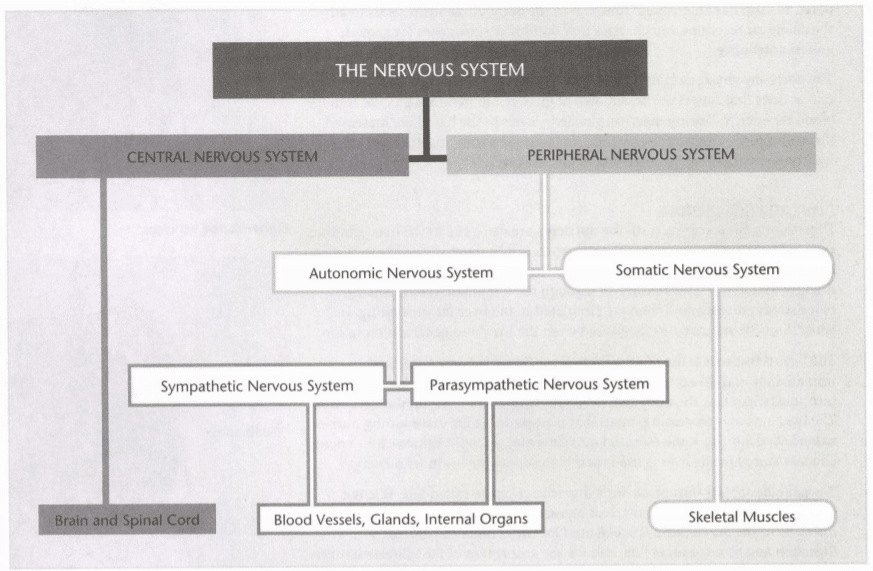
15: Explain the relationship between the endocrine system and the nervous system
The hypothalamus coordinates the endocrine and nervous systems, which determines what hormones to secrete given the appropriate nerve impulses.
16: Describe the function of hormones
Hormones are chemicals that regulate metabolic and nervous function by binding to appropriate cellular receptors.
17: Describe the purpose of growth hormone (HGH). How does it associate with exercising?
HGH stimulates tissue growth, recovery, and improved mental state in response to resistance training.
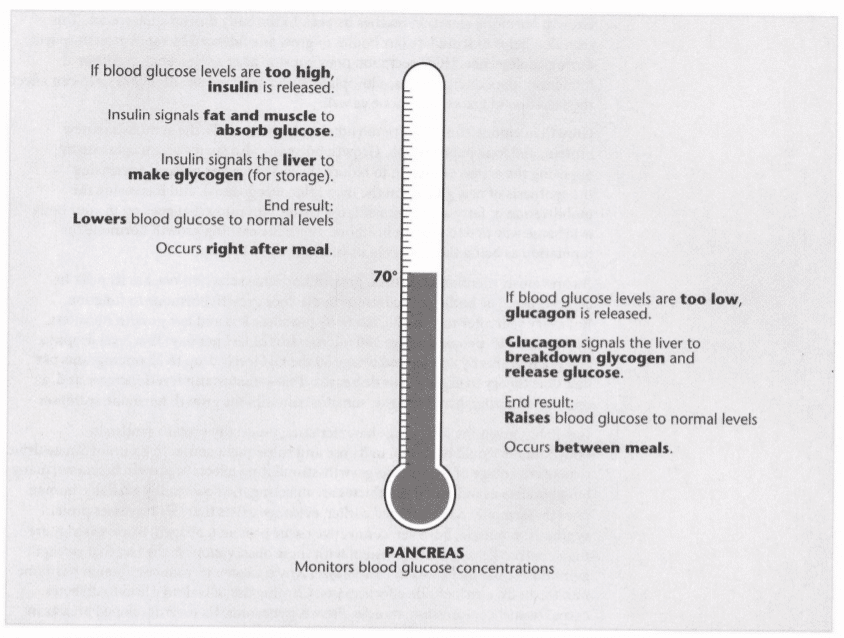
If you want assistance wrapping your head around this material, make sure to check out Trainer Academy for some awesome ISSA study materials. They have Practice tests, flashcards, audio study guides, and much more.

 Have a question?
Have a question? 



I can’t wait to become trainer
Great, keep studying and you are going to be a personal trainer and no time.
Tyler thanks for putting this together it is quite helpful for the studying process. One note on number 9. 220-48=172. Unless I’m missing something about the calculation that isn’t shown in the question. Again, thanks for the work on this.
Hello Dave,
yes if the client is 48 years old it is 220-48 = 172. I got the same answer as you.